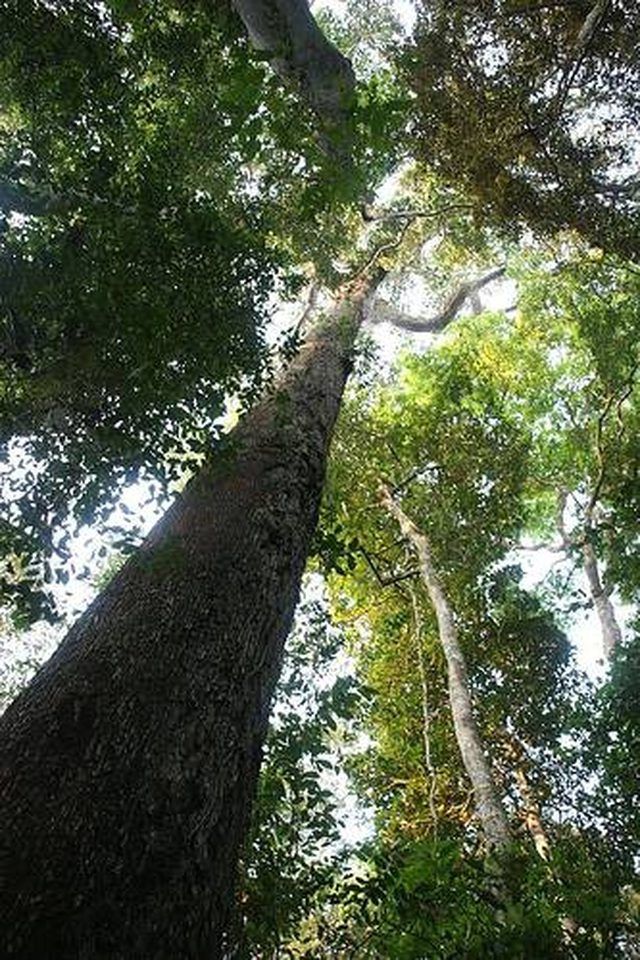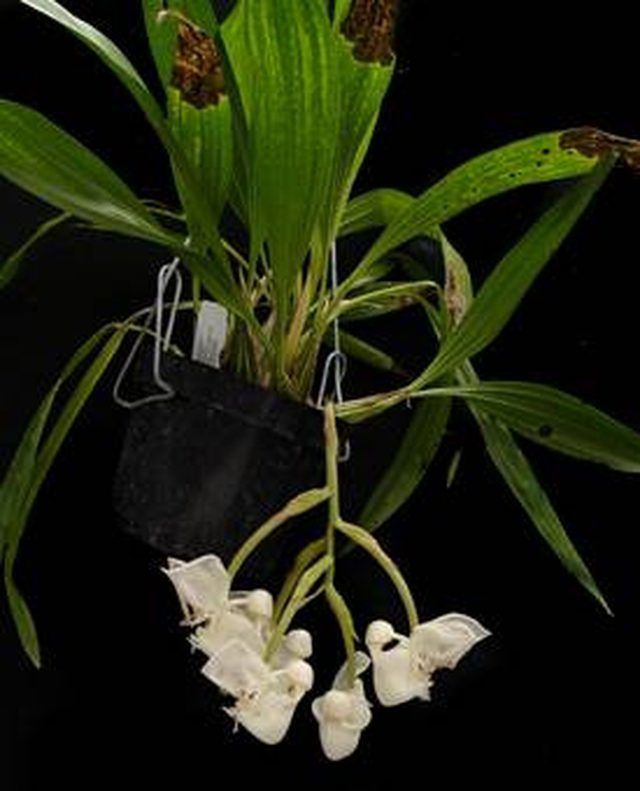Bulbs
Flower Basics
Flower Beds & Specialty Gardens
Flower Garden
Garden Furniture
Garden Gnomes
Garden Seeds
Garden Sheds
Garden Statues
Garden Tools & Supplies
Gardening Basics
Green & Organic
Groundcovers & Vines
Growing Annuals
Growing Basil
Growing Beans
Growing Berries
Growing Blueberries
Growing Cactus
Growing Corn
Growing Cotton
Growing Edibles
Growing Flowers
Growing Garlic
Growing Grapes
Growing Grass
Growing Herbs
Growing Jasmine
Growing Mint
Growing Mushrooms
Orchids
Growing Peanuts
Growing Perennials
Growing Plants
Growing Rosemary
Growing Roses
Growing Strawberries
Growing Sunflowers
Growing Thyme
Growing Tomatoes
Growing Tulips
Growing Vegetables
Herb Basics
Herb Garden
Indoor Growing
Landscaping Basics
Landscaping Patios
Landscaping Plants
Landscaping Shrubs
Landscaping Trees
Landscaping Walks & Pathways
Lawn Basics
Lawn Maintenance
Lawn Mowers
Lawn Ornaments
Lawn Planting
Lawn Tools
Outdoor Growing
Overall Landscape Planning
Pests, Weeds & Problems
Plant Basics
Rock Garden
Rose Garden
Shrubs
Soil
Specialty Gardens
Trees
Vegetable Garden
Yard Maintenance
How to Grow Brazil Nuts
How to Grow Brazil Nuts. Brazil nut trees are one of the more difficult types of nut-bearing trees to reproduce. They need full sun while they're seedlings and saplings, and it can take close to 2 decades before a Brazil nut tree begins actually growing Brazil nuts. Native to South America, the Brazil nut tree is one of the largest trees growing in...

Brazil nut trees are one of the more difficult types of nut-bearing trees to reproduce. They need full sun while they're seedlings and saplings, and it can take close to 2 decades before a Brazil nut tree begins actually growing Brazil nuts. Native to South America, the Brazil nut tree is one of the largest trees growing in South American rainforests, and undisturbed, they can live from 500 to 1000 years.
Part of the reason Brazil nuts are so difficult to grow is because they rely on a very particular and undisturbed rainforest ecosystem.
Things You'll Need
Preserved Amazonian rainforest
Brazil nut tree
Coryanthes vasquezii orchid
Orchid bees
Preserve an area of rainforest where Brazil nut trees can sustain. If the area has been decimated, allow several years for the ecosystem to rebalance. A recent New York Times article has noted that rainforests regenerate much more easily than previously imagined (see Resources below for link).
Find an expert on rainforest plant biology, or a native expert on Brazil nut trees. Contact the Association of Brazil Nut Exporters for help with this.
Locate a Coryanthes vasquezii orchid, which attracts orchid bees that are capable of pollinating the Brazil nut flowers. When they are present near a Brazil nut tree, then natural pollination will occur.
